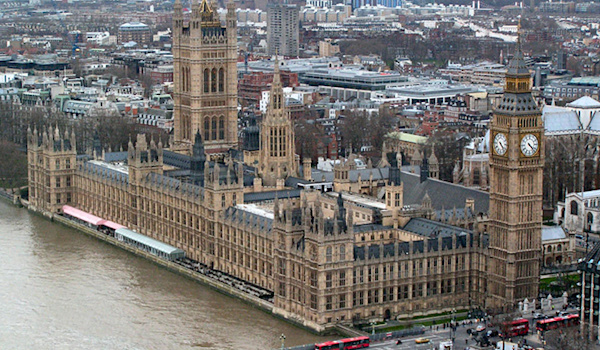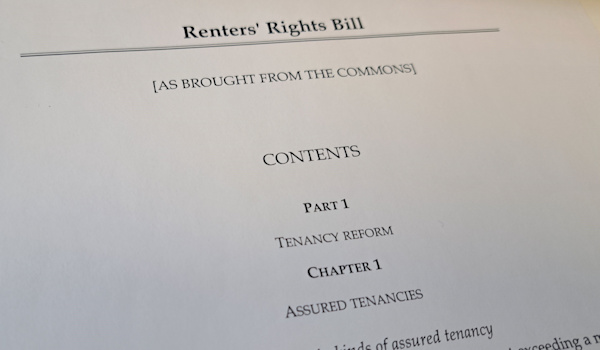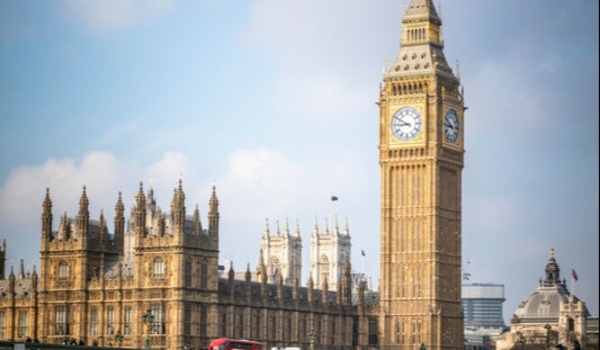Jake Winters looks at when a local authority can add costs to a liability order, and how a client can challenge unreasonable costs.
Published January 2024
References to regulations in this article are to those in the Council Tax (Administration and Enforcement) Regulations 2013.
Liability orders and why they matter
Debt advisers will be all too familiar with council tax debts. Citizens Advice reported in 2020 that 9 in 10 debt clients have council tax arrears. When arrears remain unpaid local authorities use liability orders to enforce them using enforcement agents, deductions from benefits or earnings, or - in extreme cases - bankruptcy.
A liability order is a demand for payment of council tax issued by the Magistrates’ Court. The order is made up of the amount owed by the taxpayer and an amount for costs.
Liability order applications are made in bulk by the local authority to the Magistrates’ Court. The court usually rubber-stamps applications unless the debtor makes representations.
What are a local authority's liability order costs?
The fee for each liability order application is just 50 pence. However, local authorities charge anything from £80 to £130 in additional costs for each bill where a liability order is granted.
Under regulation 34(7)(b), a liability order must include the outstanding council tax arrears, plus an amount for costs reasonably incurred by the authority in obtaining the order.
In Wales, the amount for costs reasonably incurred cannot exceed £70. In England, there is no definition of ‘costs reasonably incurred’.
'Costs reasonably incurred’: the Nicolson case
The question of ‘costs reasonably incurred’ was considered in Nicolson v Tottenham Magistrates Court & Anor [2015].
When Nicolson failed to pay his council tax, the local authority issued him with a summons.
Initial liability order hearing
Nicolson attended the hearing at the Magistrates’ Court and challenged the £125 liability order cost added by the local authority.
Rather than address how the cost was calculated or whether it was deemed reasonable, the court accepted the amount because it had been previously agreed between the court and the local authority in an email.
Magistrates' Court appeal
Nicolson appealed to the Magistrates’ Court. He pointed out that if every debtor had been billed £125 for liability orders, the total sum claimed by the local authority as costs reasonably incurred in the orders would have been £2.5 million for a single council tax year.
Nicolson's appeal was rejected without a hearing.
The court stated that, under the legislation, it must include costs reasonably incurred in applying for the liability order if it is satisfied the costs are valid. The court failed to fully address Nicolson’s principal concern about whether the costs in this case were reasonably incurred. The court again relied on the email from the local authority outlining the costs.
High Court judicial review
Nicolson applied for judicial review on the grounds that the Magistrates’ Court had failed to verify the accuracy of the reasonably incurred costs and had erred in law by granting the liability order.
The High Court outlined that a magistrate must be satisfied that:
the local authority had actually incurred those costs
the costs were in relation to obtaining the liability order
it was reasonable for those costs to be incurred
Only then should the costs be granted under the liability order.
What costs can a local authority include?
The local authority must have incurred the costs obtaining the liability order. These include the cost of the application, staff costs as part of the enforcement step, the administration cost of the final notice, and any legal fees in respect of the summons.
Costs such as investigations prior to the decision to enforce, as well as the cost of the council tax department generally, are not applicable.
The High Court agreed that it would be impractical to ascertain costs for every summons individually, given the large number of summons issued. A local authority can average their costs for an entire year and divide these by the number of anticipated summonses. The authority must still be able to evidence these costs to the Magistrates’ Court in a way that is easily accessible to both magistrate and taxpayer.
What costs are reasonable?
Once the Magistrates’ Court is satisfied of the costs incurred, they must assess the reasonableness of the costs. This includes challenging unreasonable spending, with the example given of a King’s Counsel barrister being instructed for a straightforward Magistrates’ Court hearing.
The High Court noted that applications being made in bulk would likely drive costs down rather than up, particularly as the process is largely automated through software.
The court referred to ‘Guidance to local councils on good practice in the collection of Council Tax arrears’, published by the government in 2013, which states:
Local Authorities are reminded that they are only permitted to charge reasonable costs for the court summons and liability order. In the interests of transparency, Local Authorities should be able to provide a breakdown, on request, showing how these costs are calculated. While it is likely that authorities will have discussed costs with the Clerk to Justices it should be recognised that the Court may wish to be satisfied that the amount claimed by way of costs in any individual case is no more than that reasonably incurred by the authority.
Success for Nicolson
Nicolson's judicial review was successful. The High Court held that the Magistrates’ Court did not have access to sufficient information to make a determination on liability order costs in Nicolson’s case. The Magistrates' Court failed to enquire into whether the costs were reasonable and denied Nicolson the opportunity to challenge the decision.
Notably, had the local authority not already withdrawn the costs, the High Court would have quashed the liability order.
The High Court also noted that the local authority was not without blame, as they had failed to adhere to guidance available at the time. The local authority had to pay Nicolson’s costs.
What does this mean for debt clients?
The Nicolson case can be useful for clients challenging costs before the court makes a liability order, or after the client has a liability order.
Challenging costs before the liability order is made
For clients facing summons for council tax arrears, one option is to make representations to the magistrate asking them to assess the reasonableness of costs under regulation 34.
Clients can do this after receiving the summons up until the day of the hearing in person. If the magistrates fail to provide this information, or fail to assess the reasonableness of the costs, the Nicolson case provides a starting point for a challenge.
Challenging costs when a client already has a liability order
For clients already subject to a liability order, there are two options to challenge the costs.
The first option is to appeal under s.111 of the Magistrates’ Court Act 1980. The appeal must be lodged within 21 days of the liability order being made. Clients should therefore act quickly if they wish to make an appeal.
Alternatively, clients can make a complaint to the local authority. The complaint can include request for a breakdown of the reasonable costs incurred and that the liability order costs are removed.
Clients can also ask the local authority to apply to the Magistrates’ Court to quash the liability order under section 82 of the Local Government Act 2003. Quashing is likely to be more useful to clients, as it will prevent the local authority from enforcing the debt until a new liability order is obtained.
When considering the complaint, the local authority must act in accordance with guidance and the outcome of Nicolson's judicial review. Advisers should not be deterred by local authorities pushing clients back onto the Magistrates’ Court.
Escalating a complaint to the Ombudsman
If the local authority refuses to provide a breakdown of the costs or rejects the complaint, or does not respond within 12 weeks, clients can escalate their concerns to the Local Government and Social Care Ombudsman.
There are no documented Ombudsman decisions around liability order costs, but advisers should not be deterred from making complaints where clients face high costs in relation to liability orders, and where the costs cannot be justified by the local authority.
Each complaint will be assessed on its own merits and there is no guarantee of success. However, there is no cost to complain, and it only takes one complaint to be upheld with the Ombudsman to make a significant change on a debt which affects the majority of clients.
Find out more about the Local Government and Social Care Ombudsman.
Another option to quash a liability order
There is no statutory right for a client to make their own application to quash a liability order, but there is a common law route. Before exercising this option, clients must have made a request to the local authority to quash.
Before quashing or setting aside a liability order, the magistrate must be satisfied that a three-point test has been met:
There must be a genuine and arguable dispute about the liability to pay
There must have been substantial procedural error, defect or mishap for the liability order to have been made
The application to set aside was made promptly after the defendant had notice of its existence
For applications in respect of costs reasonably incurred, the second arm of the test is important, particularly when pointing out failures of the Magistrates’ Court in making the liability order, with reference to the test set out in Nicolson.
How quickly must a client apply to quash
There is no statutory definition of promptness, although case law shows that quash applications can be rejected where the application was made months later. Clients should be prepared to explain any delay in the application. This could include delay in seeking debt advice, delays because of the complaints process, and any vulnerabilities or other personal circumstances which would slow down a quash application.
Given the tight timescales for applications, and the risk of further costs if the application is refused, clients should strongly consider seeking legal advice before taking this step.
Specialist Debt Advice Service
If you would like further advice or have a success story around challenging liability order costs then please contact the Specialist Debt Advice Service.
Find out more about the Specialist Debt Advice Service (SDAS).




